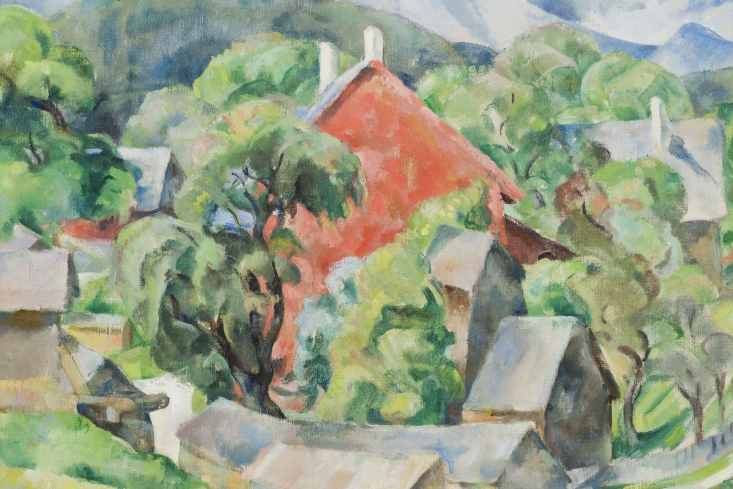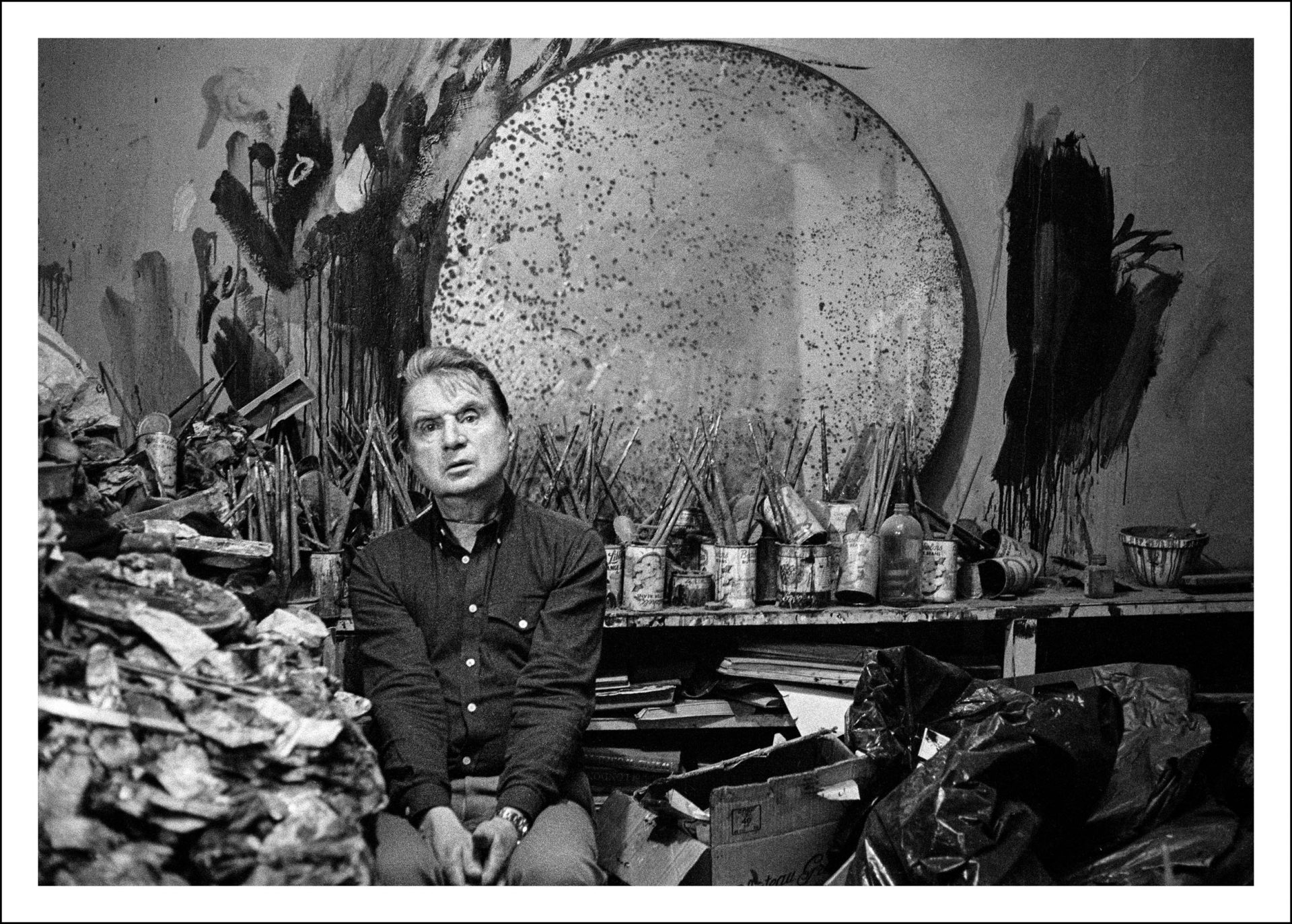This display from the Hugh Lane Gallery collection reflects the range of artistic expression around the time of the creation of the Irish Free State and in the following decades.
Admission Free, All Welcome!
Two of the leading Irish politicians of the day and signatories to the Treaty were Arthur Griffith and Michael Collins. Griffith, who died in August 1922, is represented by a portrait by Lily Williams. John Lavery’s painting of Collins shows him lying-in-state after he was shot in an ambush during the Civil War that followed the ratification of the Treaty.
Seán Keating drew on the traditions and landscape of Ireland to express the new-found independence. Paul Henry and Jack B. Yeats also created iconic images of the west of Ireland, but as Yeats’s work developed, it became more mystical, and his brushwork much freer, as he pursued a personal vision into the 1940s and 50s.
The early twentieth century was a period of political and artistic revolution in Europe and many Irish artists looked offshore to the avant-garde developments taking place in France and elsewhere. For example, the Cubists introduced fractured forms, with objects seen from multiple viewpoints, and the Fauvists employed bold colours.
The influence of these post-Impressionist movements is evident in the work of Grace Henry, William Leech, May Guinness and Mary Swanzy, who all travelled widely. Mainie Jellett amalgamated Cubist ideas with the traditions of religious imagery. Along with Evie Hone (whose work is on display in the stained glass room), Jellett became an important advocate for modernist art in Ireland.







